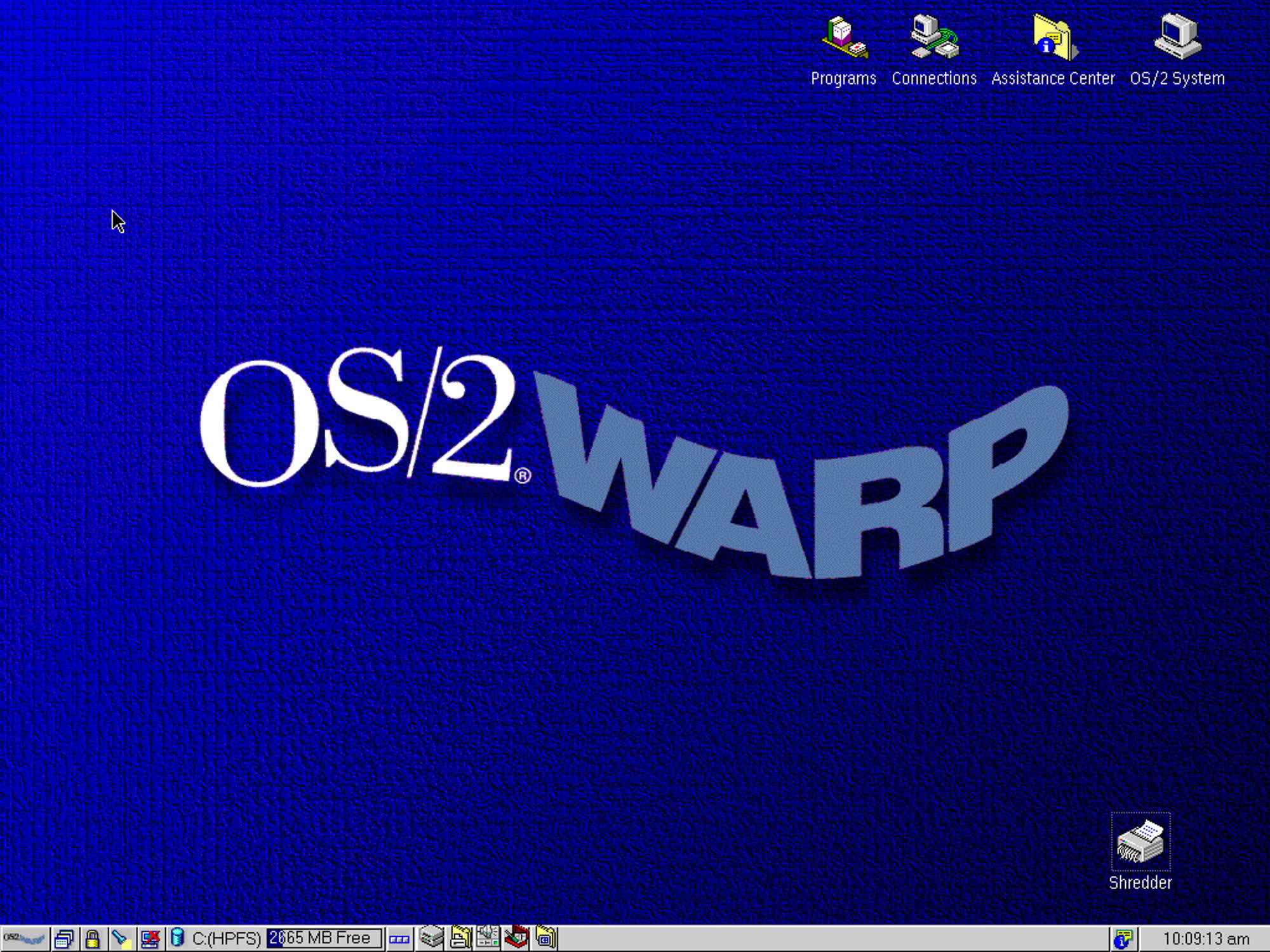In context: The early 1990s were tumultuous years for the home computer operating system market. Major corporations were vying for dominance in the emerging GUI-based paradigm, with Microsoft poised to win the race with Windows 3.x. However, OS/2 2.0 made its debut first, and now we have the floppy images to explore this abandoned software platform.
A software archaeologist known as Neozeed recently shared a pre-release version of OS/2 2.0, an ambitious PC operating system that Microsoft and IBM were developing together in the 1990s before the former decided to pursue the Windows route. The "raw" floppy images are available on the Internet Archive, and Neozeed also prepared a couple of working copies of the OS that can be easily run by "tourist" users in VMWare and PC emulator 86Box.
Similar to the previously unveiled 0.1-C release of 86-DOS, the original precursor of MS-DOS, the newly shared OS/2 2.0 build is a significant piece of early computing history. Microsoft and IBM began development on OS/2 (Operating System/2) in 1987, aiming to create an MS-DOS replacement with advanced features such as proper multitasking and a usable graphical interface (GUI).
While collaborating with IBM on OS/2, Microsoft also started developing its own GUI-based operating system known as "Windows." Early editions of this "operating environment" ran on top of DOS, but they did not have any significant market impact until Windows 3.0 emerged. Windows 3.0 was a surprising commercial hit, prompting Microsoft to leave OS/2 (and IBM) behind.
Before focusing exclusively on Windows, however, Redmond invested significant time and effort into developing OS/2 2.0. The build shared by Neozeed appears to be a stable internal preview of the OS, which was distributed to third-party developers and even featured in PC magazines. The copy now available online was purchased by Neozeed patron Brian Ledbetter, who spent $650 on an eBay auction.
Neozeed encountered some issues while imaging the floppies, but he ultimately succeeded in dumping the entire disk batch. Although still a crude rendition of what OS/2 would become in later years, the OS/2 2.0 pre-release can be configured to run some ancient software and even DOS or Windows applications. Compatibility with Windows and DOS software was one of the main selling points of OS/2 back then, and it was ultimately one of the reasons why very few developers were interested in creating OS/2-specific programs.
Microsoft and IBM went their separate ways after settling their legal dispute regarding the development of OS/2 2. Redmond went on to become one of the most successful software companies on the planet, thanks to Windows and Office, while IBM was ultimately forced to discontinue OS/2 after the release of OS/2 Warp 4.52. OS/2 3.0, an advanced version of the OS that Microsoft was developing on its own, evolved into the enterprise-focused OS Windows NT. Windows NT merged with Win32 in the early 2000s with Windows XP, and the rest is history.
